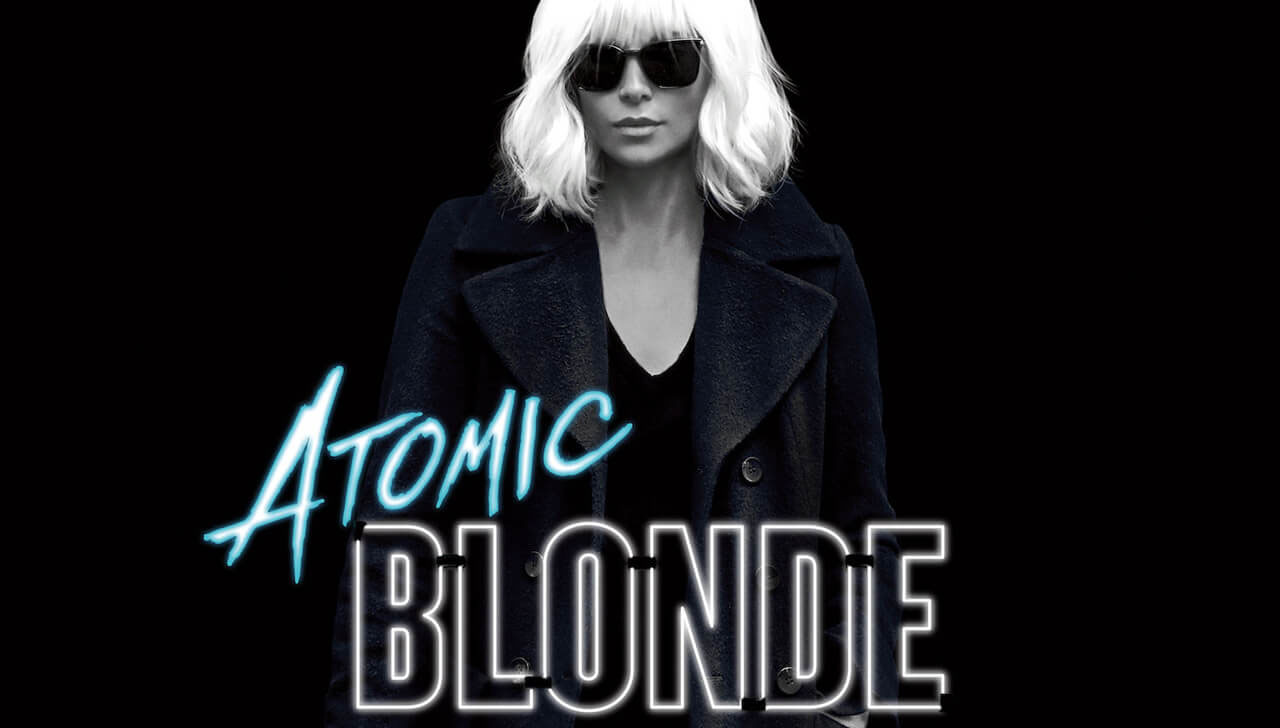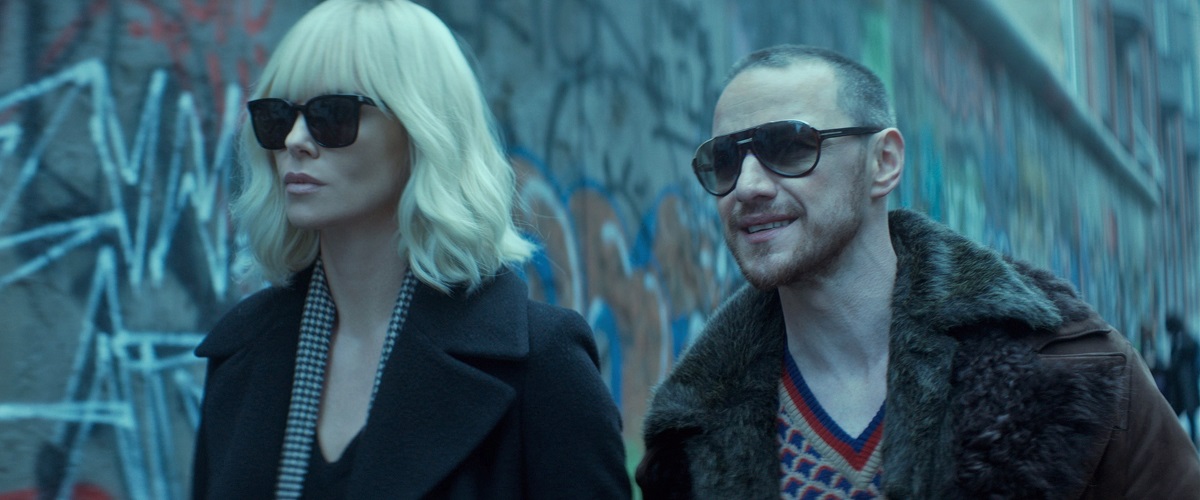
David Leitch’s Atomic Blonde (2017) remains one of the most visually arresting and hard-hitting action spy thrillers in recent years. Set in the final days before the Berlin Wall falls, the film stars Charlize Theron as Lorraine Broughton, an elite MI6 operative sent to recover a list of double agents. As East Berlin teeters on the edge of collapse, Lorraine must navigate a web of lies, deceit, and shifting alliances.
Theron’s performance is a masterclass in controlled fury. Cold, calculating, but undeniably human, Lorraine isn’t your typical action heroine—she’s emotionally complex and morally ambiguous, often carrying the weight of past betrayals. Her fight scenes are among the most brutal and realistic seen in action cinema, most famously the long, uncut staircase brawl that remains a benchmark for choreographed violence.
The 1980s setting is not just aesthetic. With a synth-heavy soundtrack featuring Depeche Mode and New Order, the film oozes style. Berlin becomes a character of its own—gray, divided, chaotic. The cinematography drips with neon and smoke, while the narrative, though occasionally convoluted, leans into noir-style storytelling with spy genre tropes turned on their head.
Yet Atomic Blonde isn’t without critique. Some viewers found the plot overly complex or intentionally confusing, while others wanted more emotional development. Still, the film was praised for its feminist energy and its refusal to turn Lorraine into a romanticized action trope. She's a survivor, not a symbol.
Though a direct sequel has long been teased, fans are still waiting. But what if we imagined it ourselves?
Atomic Blonde: Phoenix Directive could pick up five years later, in the early 1990s. With the Cold War officially over, Lorraine is living in Paris, attempting to retire from espionage. But peace is fleeting. A mysterious figure from her past emerges—another ghost from Berlin who now controls a rogue intelligence faction operating in the shadows of collapsing Soviet states.

Forced back into the field, Lorraine is sent to Eastern Europe to stop the Phoenix Directive: a black ops project aiming to restart Cold War tensions through targeted political assassinations. She is joined—reluctantly—by a young MI6 analyst who idolizes her legend but knows little of her pain.
In a sequel, the themes could deepen. Lorraine would confront her aging body, the toll of endless deception, and a world where spies are now obsolete—or being replaced. The emotional layers of loneliness, relevance, and identity could be explored more intimately, while still delivering the gritty, grounded action that made the original iconic.
In the world of spy thrillers, Atomic Blonde stands tall as both a love letter and a bold reinvention. Whether we get a sequel or not, Lorraine Broughton remains one of the coolest—and coldest—operatives ever to grace the screen.



